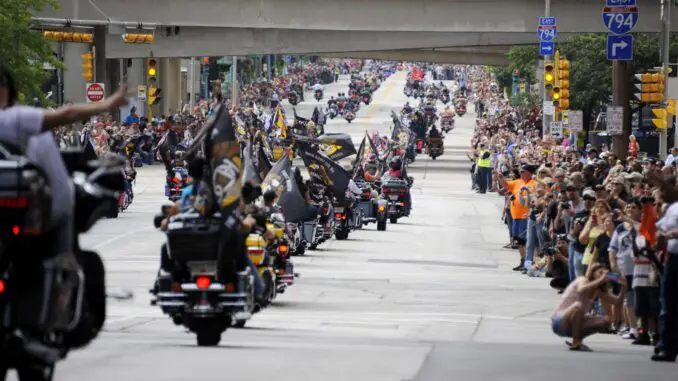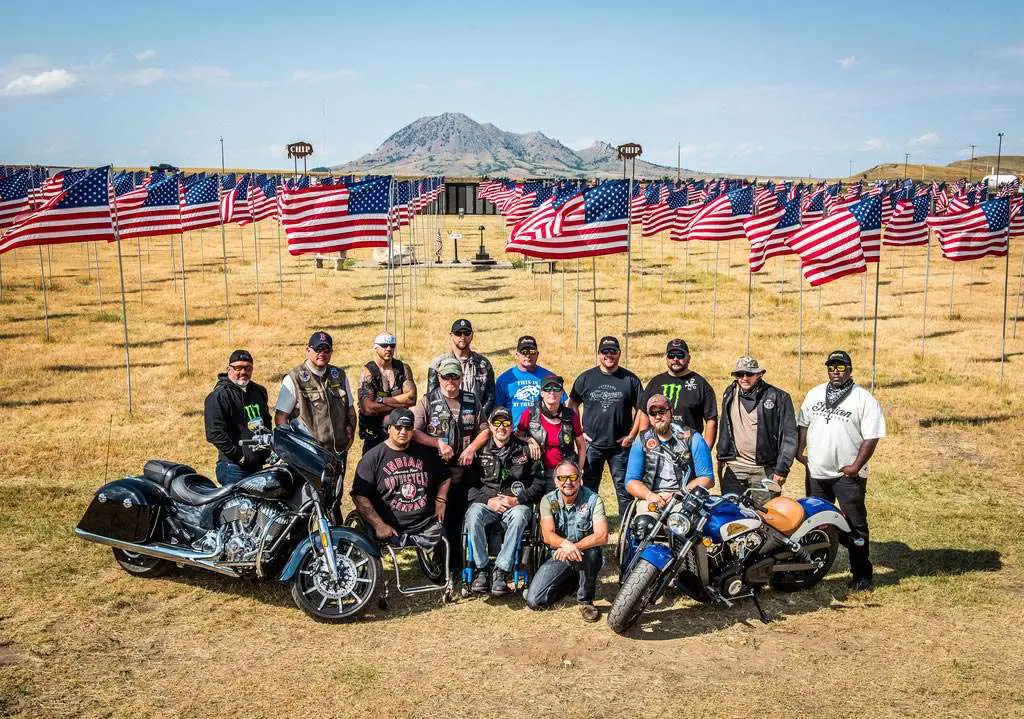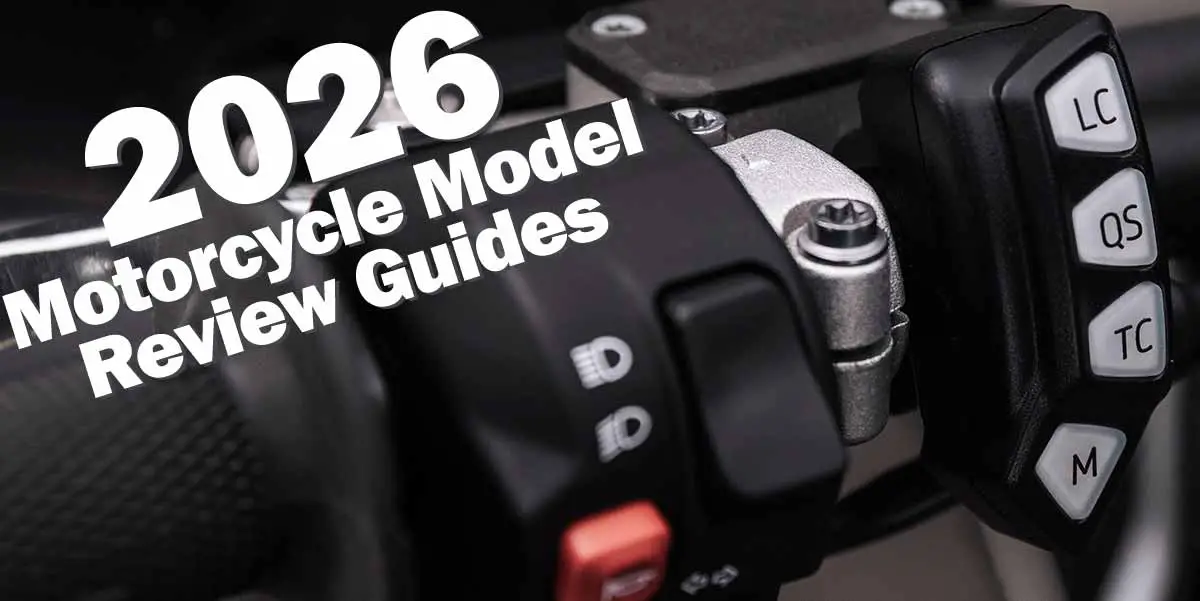
🏍️ Group Riding Etiquette Intro 🏍️🏍️🏍️
Riding alone is freedom. Riding together is family. Group riding is one of the most rewarding parts of motorcycling, but it comes with its own rules of respect, safety, and flow.
🌟 Why Group Riding Matters
There’s nothing quite like the sight — or sound — of a group of motorcycles rolling down the road together. Whether it’s a handful of friends on a weekend ride, a scooter club zipping through the city, or a massive charity run with hundreds of bikes, group riding is about connection, safety, and shared experience. Done right, it feels like a perfectly choreographed dance: staggered formation, smooth lane changes, hand signals rippling down the line. Done wrong, it can be chaotic, stressful, and even dangerous.
Group riding etiquette isn’t about rules for the sake of rules. It’s about trust. Every rider in the group is trusting the others to ride predictably, communicate clearly, and look out for one another. That trust is what makes group riding magical — and safe.
🌱 New Riders in Groups
For new riders, joining a group ride can be both exciting and intimidating. You want to be part of the pack, but you may worry about keeping up, making mistakes, or letting others down. The good news? Most groups welcome new riders warmly — as long as you’re honest about your experience and willing to learn.
🔍 Tips for New Riders
- Be honest about your skill level: Tell the ride leader if you’re new. They can place you in a safe spot in the formation (usually near the back, but ahead of the sweep rider).
- Know the basics: You should be comfortable with clutch control, braking, and holding your line before joining a group ride.
- Ride your own ride: Don’t push beyond your comfort zone to keep up. A good group will adjust pace for everyone.
- Learn hand signals: Common signals (single file, hazard, slow down, fuel stop) are essential for communication.
- Stay predictable: Smooth throttle, no sudden lane changes, no weaving. Predictability is safety.
🚫 New Rider Mistakes
✅ Reality: Keep a safe following distance. In staggered formation, that means at least 1 second behind the bike in front of you, 2 seconds behind the bike directly ahead in your lane.
✅ Reality: Don’t speed recklessly to catch up. The group should slow or wait at the next safe stop.
✅ Reality: Most groups do a quick talk before the ride. Pay attention — that’s where formation, route, and signals are explained.
📊 Quick Reference: New Rider Group Placement
| Position | Who Rides Here | Why |
|---|---|---|
| Front (Lead) | Ride Captain / Most experienced | Sets pace, watches traffic, communicates hazards |
| Middle | Experienced riders | Stable core of the group, predictable riding |
| Rear (Sweep) | Experienced rider with tools/first aid | Helps anyone who falls behind or breaks down |
| Just ahead of Sweep | New riders | Gives them support without pressure to lead |
🌟 For new riders, group riding is about learning trust, communication, and flow. Start small, ride safe, and enjoy the camaraderie.
Experienced Riders: Leading, Mentoring, and Avoiding Complacency
The Role of Experienced Riders
Once you’ve logged thousands of miles, group riding takes on a new dimension. You’re no longer just “part of the pack” — you’re often looked to as a mentor, a leader, or a stabilizing presence. Experienced riders set the tone for the group: their predictability, calm decision‑making, and respect for etiquette ripple down the line. But with experience also comes the risk of complacency. Riders who “know it all” can sometimes forget the basics, skip pre‑ride briefings, or underestimate the needs of newer riders.
🔍 Responsibilities of Experienced Riders
- Model predictability: Smooth throttle, consistent spacing, clear signals. Others will copy your habits — good or bad.
- Mentor without pressure: Encourage new riders, but don’t push them beyond their comfort zone.
- Support the ride leader: Help maintain formation, communicate hazards, and keep the group cohesive.
- Stay humble: Even veterans benefit from refreshers. Don’t assume you’re above the rules.
- Be the calm in the storm: If something goes wrong (breakdown, near‑miss), your composure reassures the group.
🚫 Experienced Rider Mistakes
✅ Reality: Save spirited riding for solo or track days. In a group, smooth and steady is safer.
✅ Reality: A group is only as strong as its weakest link. Adjust pace and stops so everyone feels included.
✅ Reality: Even if you know the route, briefings align expectations and prevent confusion.
📊 Quick Reference: Experienced Rider Roles
| Role | Responsibilities | Impact |
|---|---|---|
| Ride Captain | Sets pace, chooses route, communicates hazards | Group safety and flow |
| Mid‑pack stabilizer | Maintains spacing, signals hazards, supports new riders nearby | Keeps formation tight and predictable |
| Sweep Rider | Last in line, carries tools/first aid, helps stragglers | Safety net for the group |
🌟 Experienced riders: your calm, predictable presence is the glue that holds a group together.
Returning Riders: Rejoining the Pack After Years Away
🌟 The Returning Rider Challenge
Coming back to motorcycling after years away is exhilarating — but joining a group ride can feel overwhelming. Traffic is denser, bikes are faster, and group etiquette may have evolved since you last rode. Returning riders often bring enthusiasm and nostalgia, but they may also carry outdated habits or overconfidence. The key is to re‑enter group riding with humility, patience, and a willingness to learn.
🔍 Tips for Returning Riders
- Take a refresher course: Even if you rode for years, modern group riding benefits from updated training.
- Start small: Join shorter, smaller group rides before tackling large charity runs or long tours.
- Relearn communication: Hand signals, staggered formations, and ride briefings may be new or different from what you remember.
- Check your bike: If you’re riding an older machine, ensure it’s mechanically sound and can keep pace with modern bikes.
- Ride your own ride: Don’t let nostalgia push you into keeping up with faster riders. Ease back in.
🚫 Returning Rider Mistakes
✅ Reality: Skills fade. Roads and bikes have changed. Approach group riding as a student again.
✅ Reality: Start with smaller, slower groups to rebuild confidence before scaling up.
✅ Reality: ABS, traction control, and ride modes make group riding safer. Learn to use them.
📊 Quick Reference: Returning Rider Checklist
| Question | Yes | No |
|---|---|---|
| Have you taken a refresher course? | ⬜ | ⬜ |
| Do you know modern hand signals? | ⬜ | ⬜ |
| Is your bike mechanically sound? | ⬜ | ⬜ |
| Have you practiced staggered formation? | ⬜ | ⬜ |
| Are you comfortable with ABS/traction control? | ⬜ | ⬜ |
🔄 Returning riders: nostalgia is powerful, but humility and preparation make group riding safe and joyful again.
Group Riding Etiquette by Motorcycle Style
Different bikes, different vibes. Touring groups ride like a convoy, ADV groups ride like explorers, off‑road groups ride like a pack of wolves, and scooter groups ride like a swarm of bees. Each has its own rhythm and etiquette.
Touring Groups (Cruisers & Full‑Dress Tourers)
Touring groups are the classic image of group riding: long lines of cruisers or Gold Wings rolling down the highway. These groups prioritize comfort, predictability, and endurance. They often ride in staggered formation, with clear roles (captain, mid‑pack, sweep).
- Etiquette: Maintain staggered formation, steady pace, and long fuel stops for comfort.
- Common mistakes: Bunching up too tightly, or blasting music so loud signals are missed.
- Pro tip: Use CB radios or Bluetooth comms for smoother coordination on long rides.
🌍 Adventure Groups (ADV & Dual‑Sport)
Adventure riders mix pavement, gravel, and trails. Group etiquette here is about flexibility and spacing. Dust, terrain, and visibility mean formations are looser, with riders often spread out.
- Etiquette: Ride single file off‑road, keep safe spacing in dust, and wait at intersections so no one gets lost.
- Common mistakes: Charging ahead without regrouping, or leaving slower riders behind in technical sections.
- Pro tip: Use the “corner man system” — each rider waits at a turn until the next rider sees them, ensuring no one gets lost.
🏞️ Off‑Road Groups (Trail & Dirt)
Off‑road groups are the most dynamic. Trails demand constant communication and adaptability. Etiquette is less about formation and more about spotting hazards, helping each other, and pacing for terrain.
- Etiquette: Signal obstacles (logs, ruts, mud), stop to help fallen riders, and regroup often.
- Common mistakes: Riding too close in dust, or failing to warn about hazards.
- Pro tip: Agree on hand signals for “stop,” “hazard,” and “need help” before hitting the trail.
🛵 Scooter Groups (Urban Packs)
Scooter groups are often city‑based, weaving through traffic in tight packs. Etiquette here is about visibility, lane discipline, and fun. Scooters may lack highway speed, but in urban settings they move like a school of fish.
- Etiquette: Stay visible, avoid blocking cars, and keep the group tight at lights.
- Common mistakes: Splitting too aggressively, or leaving slower scooters behind.
- Pro tip: Use bright colors, lights, and horns to stay noticed in traffic.
📊 Quick Comparison Table
| Style | Formation | Key Etiquette | Common Mistake |
|---|---|---|---|
| Touring | Staggered | Steady pace, long stops | Riding too close |
| Adventure | Loose / single file | Spacing, corner man system | Leaving riders behind |
| Off‑Road | Single file | Signal hazards, regroup often | Dust tailgating |
| Scooter | Tight urban pack | Visibility, lane discipline | Splitting too aggressively |
🌟 Every style has its rhythm. Learn the etiquette of your tribe, and the ride becomes smoother, safer, and more fun.
Top 10 Group Riding Tips
These are the golden rules of group riding — simple, memorable, and effective. Master these, and you’ll be welcome in any pack.
- Ride your own ride: Never push beyond your comfort zone to keep up. A good group waits for everyone.
- Staggered formation on roads: Left‑right‑left pattern gives visibility and space. Switch to single file on narrow or twisty roads.
- Keep safe spacing: One second behind the bike in your lane, two seconds behind the bike directly ahead.
- Communicate clearly: Learn and use hand signals. Pass them back down the line.
- Respect the ride leader: They set the pace and route. Don’t leapfrog or disrupt formation.
- Look out for the rider behind you: If they fall back, slow down. The group should never “accordion” apart.
- Fuel and rest stops matter: Plan for the lowest range bike in the group, not the highest.
- Be predictable: Smooth throttle, no sudden lane changes, no weaving. Predictability = safety.
- Gear up and prep: Arrive with a full tank, proper gear, and a bike in good condition. Don’t make the group wait for your flat tire.
- End with gratitude: Thank the ride leader and sweep. Group riding is teamwork — acknowledge it.
🌟 Group riding is less about speed and more about synergy. The smoother the group, the safer and more enjoyable the ride.
Group Riding Myth‑Busters
✅ Reality: The leader rides smoothest. Their job is to set a safe, steady pace for everyone.
✅ Reality: Too tight = unsafe. Proper spacing looks disciplined and keeps everyone safe.
✅ Reality: The group should slow or wait. Don’t risk your safety to close a gap.
✋ Essential Hand Signals
| Signal | Meaning |
|---|---|
| Left arm straight out | Left turn |
| Left arm bent up at 90° | Right turn |
| Left arm down, palm back | Slow down |
| Left arm pointing to tank | Need fuel |
| Left arm pointing to helmet | Need stop / rest |
| Left arm raised, index finger up | Single file |
| Left arm raised, two fingers up | Staggered formation |
👥 Group Roles
| Role | Who | Responsibility |
|---|---|---|
| Ride Captain | Most experienced | Sets pace, route, signals hazards |
| Mid‑pack | Experienced riders | Maintain formation, support new riders |
| Sweep | Experienced rider with tools/first aid | Helps stragglers, last line of safety |
| New Riders | Placed just ahead of sweep | Learn etiquette with support behind them |
Advanced Group Dynamics
Once you’ve mastered the basics, group riding becomes an art form. Large rides, charity runs, and international tours demand extra layers of coordination and respect.
👑 Road Captains & Sweep Riders
In larger groups, roles become more formal. The Road Captain leads, sets the pace, and communicates hazards. The Sweep Rider anchors the back, helping stragglers and handling emergencies. In very large rides, you may also see Blockers (experienced riders who temporarily stop traffic at intersections) — though this is only legal in some regions and often requires police escort.
↔️ Staggered vs. Single File
- Staggered formation: Best for highways and wide roads. Provides visibility and space while keeping the group compact.
- Single file: Used on narrow, twisty, or poor‑visibility roads. Also standard off‑road or in construction zones.
- Switching: The leader signals the change, and the formation adjusts smoothly.
🌐 International Differences
Group riding etiquette varies worldwide. In Europe, groups often ride tighter and use more hand signals. In North America, staggered formation is the norm. In parts of Asia, scooter groups dominate urban roads, flowing like a swarm. When riding abroad, observe local groups and adapt — don’t assume your home etiquette applies everywhere.
🎗️ Large Charity Rides
Massive rides with hundreds of bikes (like toy runs or memorial rides) are a spectacle — but also a logistical challenge. Expect police escorts, road closures, and strict formation rules. The key is patience: these rides move slowly, with frequent stops. The goal isn’t speed, it’s solidarity.
📊 Advanced Group Dynamics Table
| Scenario | Best Formation | Key Role | Etiquette Focus |
|---|---|---|---|
| Highway cruise | Staggered | Road Captain | Steady pace, spacing |
| Twisty backroads | Single file | Mid‑pack stabilizers | Smooth cornering, no tailgating |
| Off‑road trail | Single file, loose | Lead + Sweep | Hazard signals, regroup often |
| Large charity ride | Staggered, very tight | Police escort + Captains | Patience, discipline, visibility |
| Urban scooter pack | Tight cluster | Front blockers | Visibility, lane discipline |
🚫 Advanced Myth‑Busters
✅ Reality: In many regions, only police can legally block intersections. Know your local laws.
✅ Reality: Large groups are harder to manage. Sometimes splitting into smaller packs is safer and smoother.
✅ Reality: Adapt to local customs. What’s polite in one country may be unsafe in another.
The Spirit of Group Riding
Group riding is more than logistics and formations. It’s about belonging. The feeling of rolling down the road with friends, engines humming in harmony, is one of the purest joys in motorcycling. Etiquette isn’t about rules for rules’ sake — it’s about respect. Respect for the road, respect for your fellow riders, and respect for the ride itself.
Whether you’re a new rider finding your place, an experienced rider mentoring others, or a returning rider rediscovering the magic,
group riding offers a sense of community that solo rides can’t match. Learn the etiquette, embrace the flow, and you’ll find that the road is even better when shared.
🌟 Ride safe, ride smart, ride together. The pack is waiting.









